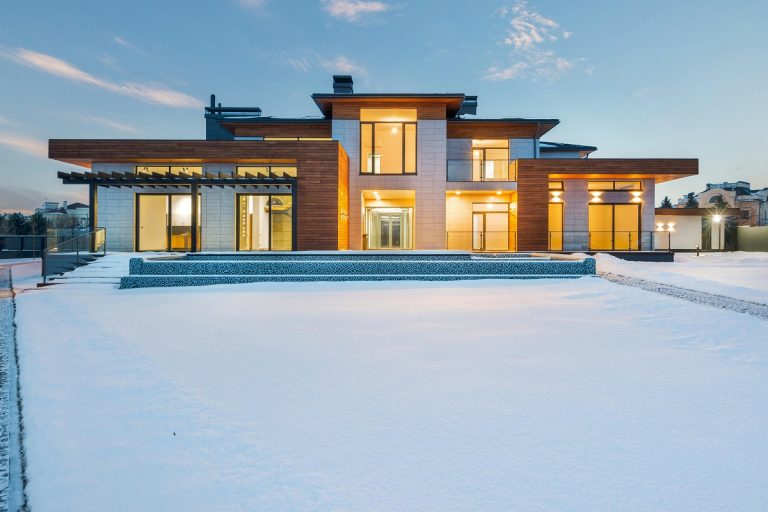

Radon. It’s a word that should strike fear into Americans. It is the second leading cause of lung cancer but nary a word is said about it compared to cigarette smoke. It is odorless, tasteless, and invisible, which makes it almost entirely undetectable by a person without devices. That makes it dangerous. Here are some statistics about Radon:
- The U.S. Environmental Protection Agency (US EPA) and the Surgeon General’s Office have estimated that as many as 20,000 lung cancer deaths are caused each year by radon.
- According to the US EPA, nearly 1 in 3 homes checked in seven states and on three Indian lands had screening levels over 4 pCi/L, the EPA’s recommended action level for radon exposure.
- A family whose home has radon levels of 4 pCi/l is exposed to approximately 35 times as much radiation as the Nuclear Regulatory Commission would allow if that family was standing next to the fence of a radioactive waste site.
- The Surgeon General has warned that radon is the second leading cause of lung cancer in the United States today.
Radon is deadly. It is scary. There are many reasons for this.
One, Radon is radioactive. Radon is generated when the element Uranium decays. As Uranium decays, it releases free radicals, one of which is Radon. Radon is unstable by itself, making it radioactive. It can infiltrate homes, infiltrate buildings.
Two, Radon will be here for billions of years. Because Uranium stores will deplete only in billions of years and the half-life of Radon is so long, Radon will be here, constantly being replenished, for billions of years. It’s not going anywhere. That means it’s time to get protected.
Three, Radon is invisible, tasteless, and odorless. That means a person can’t see it, taste it, or smell it. That makes it dangerous, as it can be almost impossible to detect without proper equipment. And what does Radon do when it enters into a person’s system? The effects can be devastating.
Radon is the second leading cause of lung cancer in the United States, and the first after cigarette smoking is removed. When Radon enters into the system, it hits the lungs particularly hard. When Radon hits the lungs, it releases free radicals, which slowly change the cells in the lungs, decaying them.
A person then has lung cancer.
These are all reasons why a person should be scared about Radon. But the scariest part? There are numerous states and Indian lands that have high levels of Radon but people still do not talk about it as much as cigarette smoking. Those high levels of Radon are the equivalent of standing next to a radioactive waste site.
That’s why it’s important to get protection from Radon. Radon protection comes in terms of prevention and detection. First, it’s important to get a good test kit. Second, if there is Radon, it’s important to call one of many Radon mitigation companies who have residential Radon testing services.
Radon test kits can be found in local hardware stores. There are generally two types of kits: short-term and long-term. Short-term detectors measure radon levels for two days to 90 days, depending on the device. Long-term tests determine the average concentration for more than 90 days.
It’s important to put these test kits at the lowest part of the house, as Radon comes up from the ground through the floor. This is generally a basement in a home. Make sure especially to put it next to a pool of water if there is one. A pool of water increases the likelihood that Radon is being released into the home.
The Radon test kit should be able to inform a person whether there is Radon in the home and what that level of Radon is. It uses a strange formula but the number to watch out for is 400. If the number is that or higher, the level of Radon is at the “actionable level” according to the Environmental Protection Agency.
Local radon mitigation and abatement is important. Finding a company that does local radon mitigation and abatement will help out in the end. It’s important to note that not every company does this. Local radon mitigation and abatement involves removing Radon and protecting the house from Radon.
If you want to protect your family, local radon mitigation and abatement is important.


